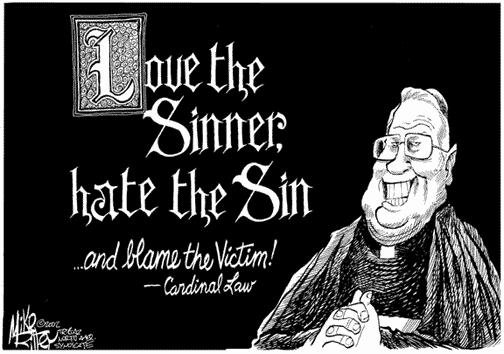By: Murray Sinclair and Stuart Murray
11/1/2014
In 2008, the Canadian Museum for Human Rights began its formative work by travelling across the country to listen and learn from people about their human rights experiences. In the same year, the Truth and Reconciliation Commission of Canada began its work of listening and learning from Indian residential school survivors and their descendants. The stories people told both the museum and the TRC were powerful and reflected different ways of understanding justice and equality. The stories provide a foundation to approach the challenging issues and conversations around both human rights and indigenous rights.
Since the TRC began its work, the public conversation around residential schools and the devastating effects of colonization has grown. Survivors have been vocal in rejecting a society marred by racism and exclusion, and the result is that all Canadians are looking for new ways to listen and understand each other. There are many unknowns, but what we do know is we cannot continue as we have in the past and that reconciliation will be a long journey. After all, Indian residential schools operated for more than 100 years in Canada, but it's only recently people have begun to listen.
In 2008, the Canadian government delivered a formal apology to residential school students for the abuses they endured, for the schools themselves, and committed itself to a new relationship.
In 2010, the first national event of the TRC took place in Winnipeg, which marked the beginning of a five-year process and six more national events. These events are important steps in publicly acknowledging and taking responsibility for the damage these schools inflicted on indigenous communities and individuals. On Nov. 12, 2010, Canada endorsed the United Nations Declaration on the Rights of Indigenous Peoples, further reflecting the ongoing need in Canada to take indigenous rights seriously.
Today, the desire for appropriate acknowledgement of the harm done by colonization, including the residential school experience, is more and more framed in terms of genocide.
The term genocide was developed by legal expert Raphael Lemkin, who also led the successful effort to make genocide a crime under international law. Lemkin's writings clearly connected genocide and colonization.
Among the events he considered genocide included the colonization of Tasmania and the invasion of North America by the Spanish. Lemkin's understanding of genocide and its relationship to colonization is examined in depth within the Canadian Museum for Human Rights. Many of the exhibits in the museum rely on the voices of people who have direct experiences with human rights issues, and the exhibits on residential school experiences in Canada are no exception.
They include testimony gathered at TRC events from residential school survivors, some of whom name their experience as genocide. Alongside these testimonies are exhibits that document the buildup to establishing residential schools, the violations against the indigenous and human rights of indigenous people, and attempts to deny, minimize or hide the violations. Finally, the struggle to break the silence about the horrors experienced by many is profiled. These exhibits highlight ongoing efforts to have these violations recognized as genocide.
The right to declare a particular act as criminal is one reserved exclusively to properly constituted courts. Therefore, neither the museum nor the TRC have the authority to declare Canada's treatment of aboriginal students in Indian residential schools as an act of genocide.
However, based on Lemkin's published and unpublished works, the entire process of colonization of North America from the time of contact, including the forcible removal of aboriginal children from their families to send them to residential and boarding schools, would appear to have been aimed at eliminating aboriginal peoples of North America as a distinct racial group.
We need to take seriously the perspective that the entire process of colonization in Canada would fall within the definition of genocide as contained in the UN Convention. Confronting honestly and deeply such realities of colonialism in Canada is one of our most important human rights tasks. Taking the question of genocide seriously is part of that conversation, a conversation that can only move forward with education and awareness. Both the TRC and the museum are committed to providing essential spaces for truth-telling, education, conversation and reflection. Each of us has a responsibility to take part in these conversations, within families, within schools and workplaces, and within the broader community.
The Honourable Justice Murray Sinclair is the chairman of the Truth and Reconciliation Commission of Canada. The commission's final report is expected in June 2015. Stuart Murray is the outgoing president and CEO of the Canadian Museum for Human Rights.
Republished from the Winnipeg Free Press print edition November 1, 2014 A13
woensdag, november 05, 2014
Canada must confront the truth
Abonneren op:
Reacties posten (Atom)





















Geen opmerkingen:
Een reactie posten